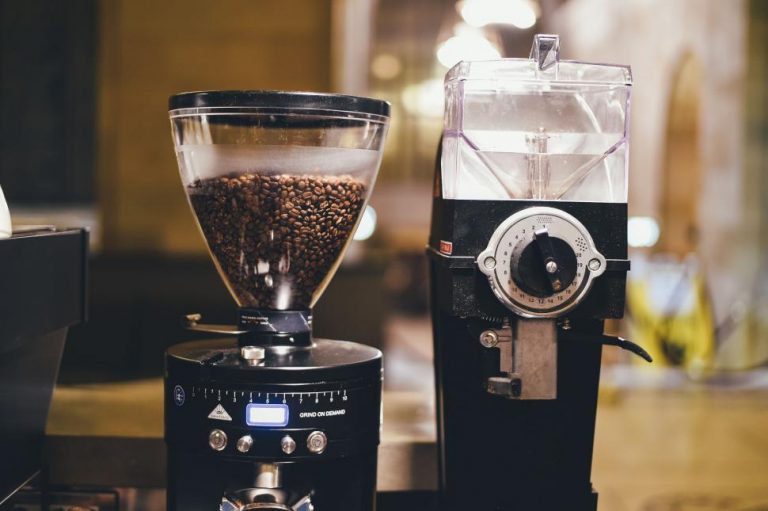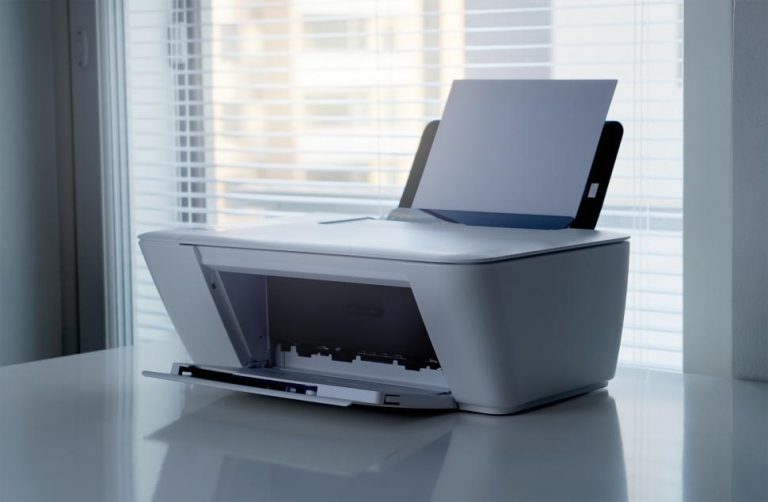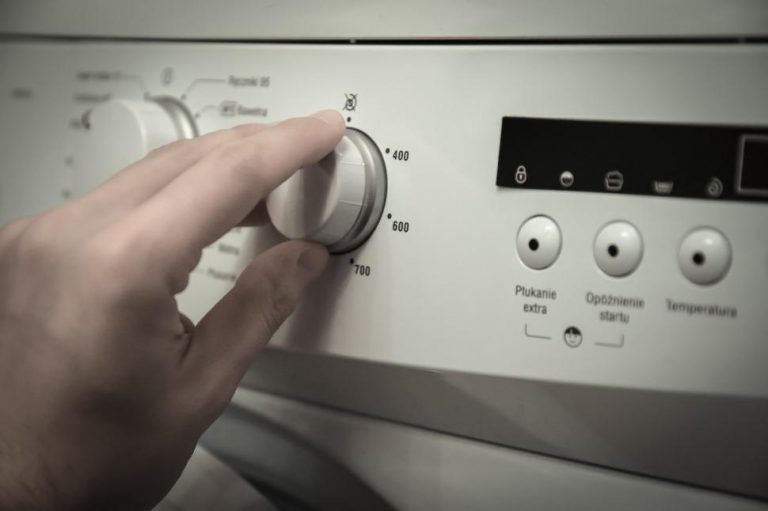10 Common Refrigerator Mistakes and How to Avoid Them
The refrigerator is one of the most important appliances in any household, helping to keep food fresh, prevent spoilage, and reduce waste. However, many people unknowingly make mistakes that can affect the fridge’s performance, waste energy, and lead to food spoilage. Understanding how to use a refrigerator correctly can ensure that your food stays fresh longer and that the appliance works efficiently. In this article, we’ll explore ten common refrigerator mistakes and how you can avoid them.
1. Overloading the Fridge
One of the most common mistakes is overstuffing the refrigerator. While it may seem like an efficient way to store more food, overcrowding your fridge can restrict air circulation, causing uneven cooling. As a result, certain areas may become warmer, which leads to food spoilage or bacterial growth.
How to Avoid It:
- Keep your fridge organized, leaving space between items to allow for proper air circulation.
- Regularly declutter your fridge, removing old or expired food to free up space.
- Consider using storage bins or containers to better organize food and maximize space.
2. Not Cleaning the Coils
The condenser coils, typically located at the back or bottom of your fridge, are essential for maintaining proper temperature. When these coils get covered in dust and debris, the refrigerator’s cooling efficiency decreases, leading to higher energy consumption and potential damage to the appliance.
How to Avoid It:
- Clean the coils at least twice a year to ensure your refrigerator runs efficiently.
- Use a vacuum cleaner or a brush to remove dirt and dust from the coils.
- If your coils are located at the back, pull the fridge away from the wall to access and clean them.
3. Setting the Wrong Temperature
Setting the refrigerator temperature too high or too low can affect food quality. If the temperature is too high, food spoils more quickly. If it’s too low, foods may freeze, causing changes in texture and flavor, and wasting food.
How to Avoid It:
- The optimal refrigerator temperature is between 35°F and 38°F (1.7°C and 3.3°C) to keep food fresh without freezing.
- Check the temperature settings regularly using a fridge thermometer to ensure it’s within the recommended range.
4. Storing Hot Food in the Fridge
Putting hot food directly into the refrigerator can raise the internal temperature, causing the fridge to work harder and use more energy. Additionally, this can cause condensation inside containers, leading to bacterial growth and spoiling other food.
How to Avoid It:
- Let hot food cool to room temperature before refrigerating it.
- Divide large portions of hot food into smaller containers, allowing them to cool faster before placing them in the fridge.
- Use shallow containers to help food cool evenly and quickly.
5. Not Covering or Wrapping Food Properly
Leaving food uncovered in the refrigerator can lead to faster spoilage, flavor contamination, and odors spreading to other items. Moisture loss and exposure to air also cause fruits and vegetables to dry out or wilt prematurely.
How to Avoid It:
- Store leftovers in airtight containers or cover them tightly with plastic wrap or aluminum foil.
- Use resealable bags for fruits, vegetables, or other perishables to maintain freshness.
- Label containers with the date of storage to keep track of when food should be used.
6. Improperly Storing Food in the Door
The refrigerator door is one of the warmest parts of the fridge, as it’s exposed to room temperature every time it’s opened. Storing perishable items like milk or eggs in the door can lead to quicker spoilage.
How to Avoid It:
- Store dairy products, eggs, and other highly perishable items on the middle shelves where the temperature is more consistent and cooler.
- Use the door for less sensitive items like condiments, juices, and bottled beverages.
7. Not Rotating Food
It’s easy to push older food to the back of the fridge and forget about it, leading to waste as it spoils over time. This habit not only wastes food but can also cause bad odors in the fridge.
How to Avoid It:
- Follow the FIFO method (First In, First Out) to ensure older food is used before newer items.
- When you restock your fridge, move older items to the front so that they are easily accessible.
- Regularly check the expiration dates of perishables and dispose of any expired items.
8. Placing the Fridge Too Close to the Wall
A refrigerator needs proper ventilation to function efficiently. Placing it too close to the wall or in a confined space can block airflow to the condenser, causing the fridge to overheat, use more energy, and potentially break down.
How to Avoid It:
- Leave at least a 2-3 inch gap between the refrigerator and the wall to allow air to circulate.
- Ensure that there is enough space around the sides and top of the fridge as well, especially if it’s placed in a small kitchen.
- Check the manufacturer’s guidelines for the recommended clearance.
9. Ignoring Spills and Leaks
Spills and leaks inside the fridge not only make it dirty but can also lead to bacteria and mold growth, which may contaminate other food items. Some liquids can freeze, damage shelves, or affect the refrigerator’s cooling efficiency.
How to Avoid It:
- Clean up spills and leaks immediately to prevent contamination and odors.
- Use trays or mats under foods that are prone to leaking, such as raw meat or defrosting items, to catch any drips.
- Regularly wipe down shelves, drawers, and door seals with mild soap and water to maintain cleanliness.
10. Frequent Door Opening
Constantly opening the refrigerator door allows cold air to escape and warm air to enter, making the fridge work harder to maintain the set temperature. This can increase energy consumption and reduce the lifespan of your fridge.
How to Avoid It:
- Plan ahead and minimize how often the door is opened.
- Organize your fridge so that frequently used items are easily accessible.
- Remind family members, especially children, to close the fridge door promptly after use.
Conclusion
Avoiding these common refrigerator mistakes can help you save energy, extend the life of your appliance, and keep your food fresher for longer. By maintaining proper temperatures, organizing your fridge efficiently, and cleaning it regularly, you can ensure that your refrigerator runs optimally, reduces food waste, and saves you money on energy bills. Remember, a little attention to how you use and maintain your fridge can go a long way in improving both its performance and the quality of the food you store in it.





